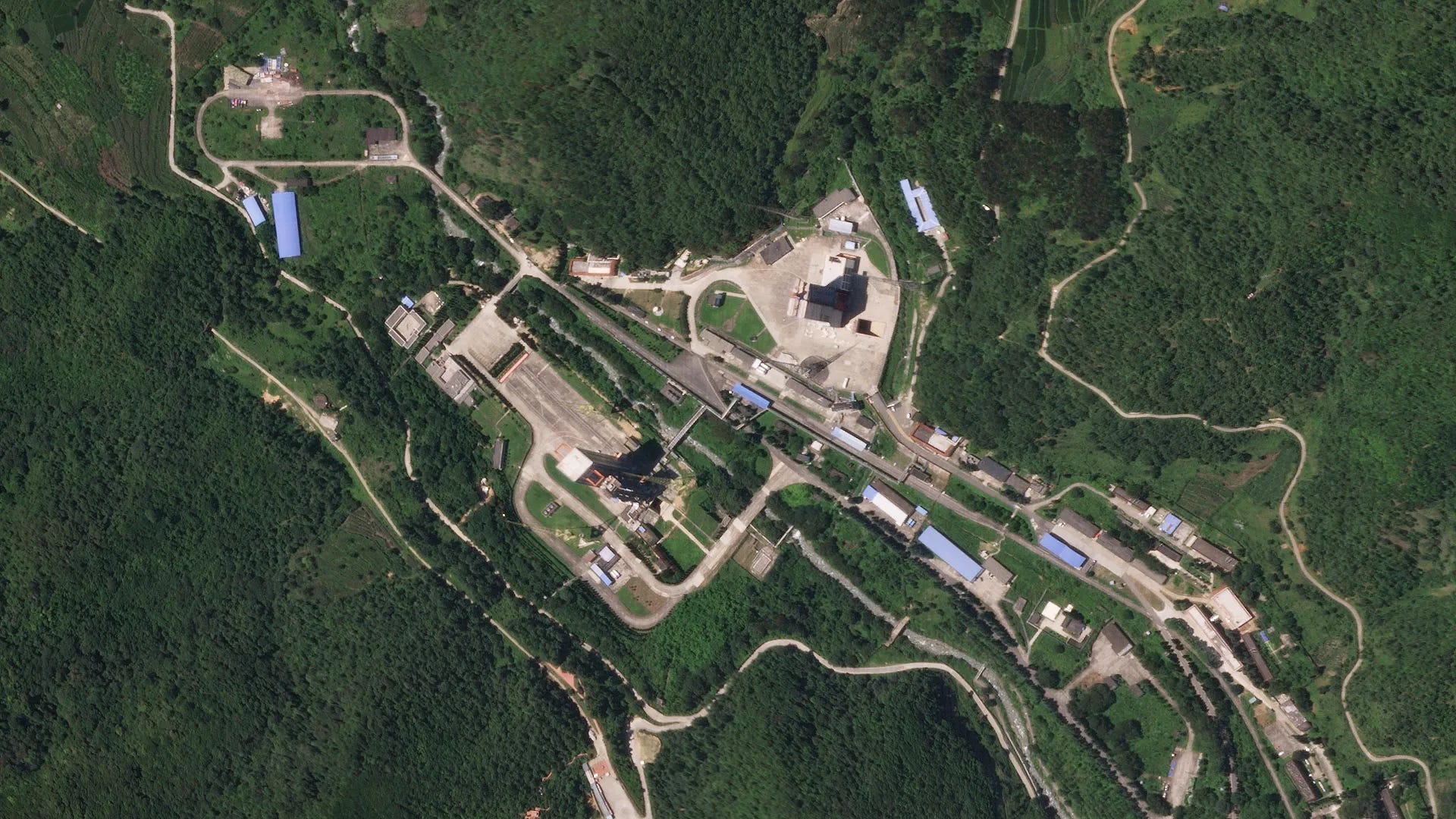Tianwen-2 Begins Preparations for Launch at Xichang
China's most complex exploration mission is one step closer to launch!

Yesterday, February 20th, the China National Space Administration announced that its Tianwen-2 spacecraft had arrived at the Xichang Satellite Launch Center. The full statement by the space agency, originally in Chinese, stated the following:
“On February 20, the probe for the Tianwen-2 mission of China's Planetary Exploration Project arrived at the Xichang Satellite Launch Center. The Tianwen-2 mission will carry out multiple tasks such as accompanying the asteroid 2016HO3, sampling, returning, and accompanying the main-belt comet 311P through a single launch. At present, the launch site facilities are in good condition, and various pre-launch test preparations are being carried out in an orderly manner as planned. The launch is scheduled to be carried out in the first half of this year.”
“Asteroid 2016HO3 is called the "quasi-satellite of the Earth". It stably operates near the Earth's orbit. Its revolution period is close to that of the Earth. It retains the original information at the beginning of the birth of the solar system. It is a "living fossil" for studying the material composition, formation process and evolution history of the early solar system, and has extremely high scientific research value.”
“The main-belt comet 311P is a small celestial body in the asteroid belt between the orbits of Mars and Jupiter. It has both the material composition characteristics of traditional comets and the orbital characteristics of asteroids. The exploration of Main Belt Comet 311P will help to understand the material composition, structure and evolutionary mechanism of small bodies and fill the gaps in the study of small bodies in the solar system.”
If there are any problems with this translation please reach out and correct me.
The statement did not mention a firm launch date or month beyond the first half of this year. Prior comments from officials planning and working on the mission have pointed to a launch around May. Sadly few images of the spacecraft have been released in recent months.
Following launch the spacecraft will begin its long journey out to asteroid 2016HO3, arriving sometime in 2027. While flying alongside the asteroid Tianwen-2 will search for a suitable sampling site before collecting between 200 and 1,000 grams of samples via touch-and-go as well as anchor-and-attach methods. Once these samples are secured in a sample container the spacecraft will head back toward Earth and drop off the samples around 2029 during a flyby.

After the sample canister is released for retrieval by teams back on Earth, Tianwen-2 will begin its extended mission to asteroid 311P out in the asteroid belt between Mars and Jupiter. Throughout the early 2030s, Tianwen-2 is planned to thoroughly study 311P whilst doubling as a test of China’s deep space communications infrastructure ahead of the Tianwen-4 mission to Jupiter.
If the mission is successful China will be the third nation to collect samples from an asteroid, after the United States and Japan. With more samples on Earth, greater scientific breakthroughs related to the birth and creation of the solar system can be made.
The Xichang Satellite Launch Center is no stranger to high-profile exploration missions, having supported the first two phases of the Chinese Lunar Exploration Program. These two phases saw the launch site support five major missions between 2007 and 2018. Those missions were Chang’e 11, Chang’e 22, Chang’e 33, Queqiao-14, and Chang’e 45, all providing major firsts for the country.
Chang’e 1 was China’s first mission to orbit the Moon, entering orbit in November 2007.
Chang’e 2 was China’s second lunar orbiter mission and the first Chinese spacecraft to fly past an asteroid, 4179 Toutatis.
Chang’e 3 was China’s first mission the lunar surface, landing in December 2013.
Queqiao-1 was China’s first lunar communications satellite to support missions to the Moon’s far side.
Chang’e 4 was China’s first landing mission on the Moon’s far side, touching down in January 2019.



